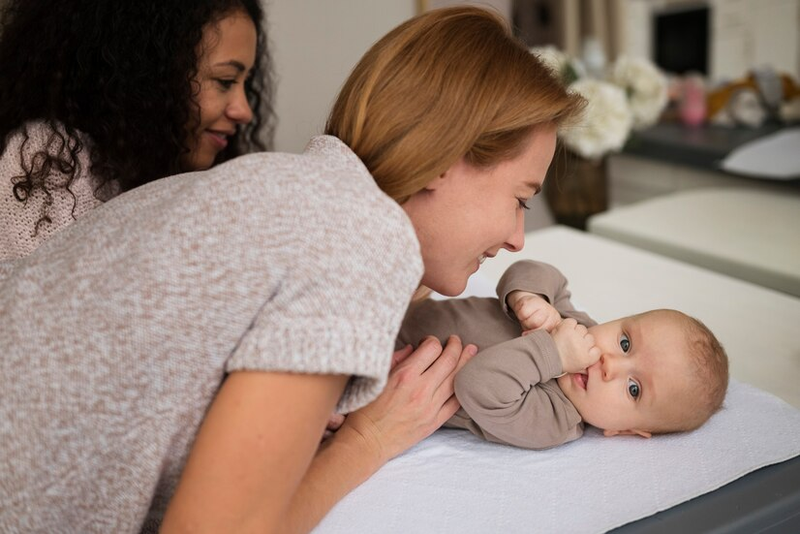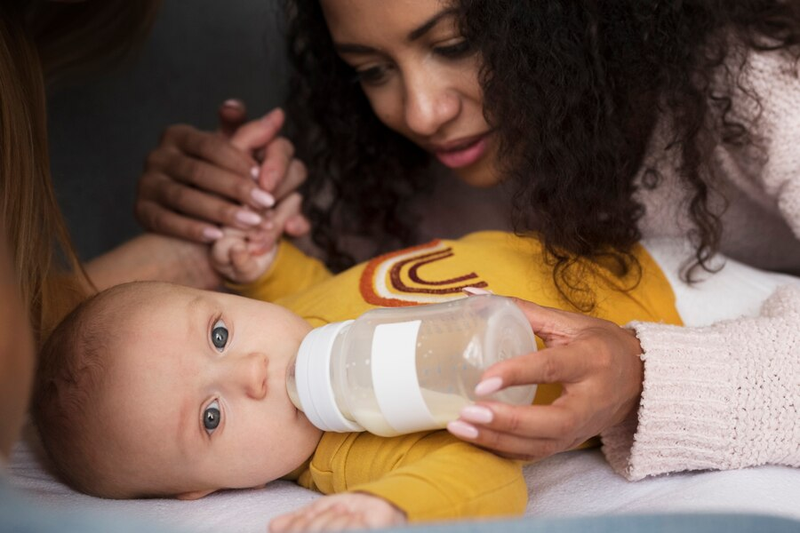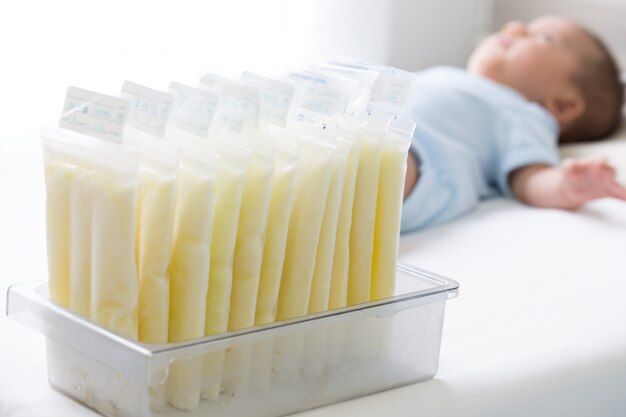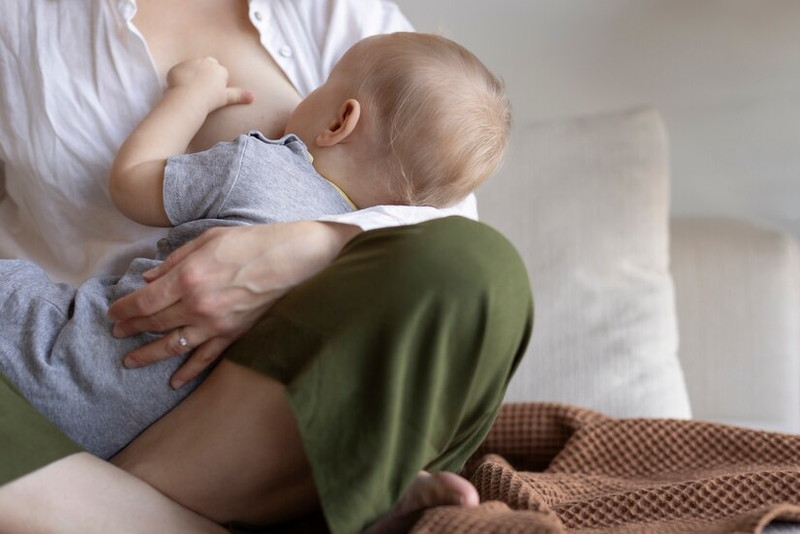
Ever wonder how parents seem to develop incredible reflexes, like catching a falling baby bottle or grabbing their child mid-slip? It’s not just luck—it’s an amazing blend of biology, psychology, and good old parental love at work. Let’s dive into how these “superhuman” reflexes come to life.
1. The Magic of Parental Instinct
From the moment you become a parent, it’s like a switch flips in your brain. Suddenly, you’re hyper-aware of every little sound, movement, and potential hazard. That heightened awareness? It’s evolutionary. For centuries, humans have been wired to protect their offspring at all costs.
Your brain’s amygdala—the part responsible for processing emotions and threats—kicks into overdrive whenever your child is involved. Even in everyday scenarios, like spotting a falling toy, your instincts are ready to pounce.
2. Adrenaline: Your Secret Superpower
When something goes wrong, like a bottle toppling off the table or your toddler heading for the edge of the couch, your body fires up the fight-or-flight response. Enter adrenaline—the ultimate performance booster.
In a flash, adrenaline surges through your system, giving you:
· A racing heart.
· Sharper focus.
· Faster reaction times.
This is why you can leap across the room to save the day, even if you were half-asleep moments before.
3. Practice Makes Perfect (AKA Muscle Memory)
Let’s face it—parents handle baby gear a lot. From bottles to pacifiers to toys, you’re constantly picking things up, passing them around, and yes, catching them when they fall.
Over time, your brain and muscles develop a sort of autopilot mode. This is called muscle memory, and it’s why catching a falling sippy cup starts to feel second nature. It’s like your body already knows what to do before you even think about it.
4. Laser-Focused Attention
In those critical moments—like when your baby starts to slip or a toy goes flying—your brain instinctively zeroes in on the problem. Distractions fade, and all your energy goes toward fixing the situation. It’s like tunnel vision, but in the best possible way.
Some parents even say time feels like it slows down during these moments. Scientists call this time dilation, and it’s your brain’s way of helping you react as quickly and effectively as possible.
5. Why Evolution Made Us This Way
Quick reflexes are more than just cool tricks—they’re survival tools. Imagine a world where parents didn’t have the instincts to protect their children from harm. Not a great picture, right?
Evolution favored parents who could react fast to threats, ensuring their kids grew up safe and healthy. So, the next time you pull off a heroic baby catch, give yourself a pat on the back—you’re part of a long line of evolutionary success!
6. Everyday Examples of Parental Heroics
You’ve probably experienced or witnessed some of these moments:
· Catching a Falling Baby: A classic example—your baby starts to tumble off the couch, and you’re there in a flash.
· Intercepting Flying Objects: Bottles, toys, even snacks—parents are the ultimate catchers.
· Preventing Accidents: Whether it’s stopping your child from running into traffic or grabbing their hand before they touch something hot, you’re always on guard.
7. Can You Train to Be Even Better?
Good news—while a lot of this reflex magic is instinctive, you can totally level up your parenting game:
· Stay Mindful: Being present and aware helps you notice subtle signs of trouble before it happens.
· Stay Fit: Regular exercise improves coordination and reaction time.
· Know Your Kid: Predicting their behavior (like when they’re about to topple over) helps you prepare and react faster.
In the end, these “superhuman” reflexes aren’t just about biology—they’re about love. Your body and mind adapt in incredible ways to keep your little one safe, and that’s nothing short of amazing. So, the next time you catch that baby bottle mid-air or prevent a near-miss, take a moment to celebrate the extraordinary parent you are!
References:
Swain, J. E., Kim, P., Spicer, J., and et al, (2014). Approaching the biology of human parental attachment: brain imaging, oxytocin and coordinated assessments of mothers and fathers.
https://pmc.ncbi.nlm.nih.gov/articles/PMC4157077/
Phys.org, (February 27, 2008), Brain activity linked to the parental instinct https://phys.org/news/2008-02-brain-linked-parental-instinct.html
Theresa Sullivan Barger, (May 20, 2023), Is Maternal Instinct Backed by Science?
https://www.discovermagazine.com/mind/is-maternal-instinct-backed-by-science

















